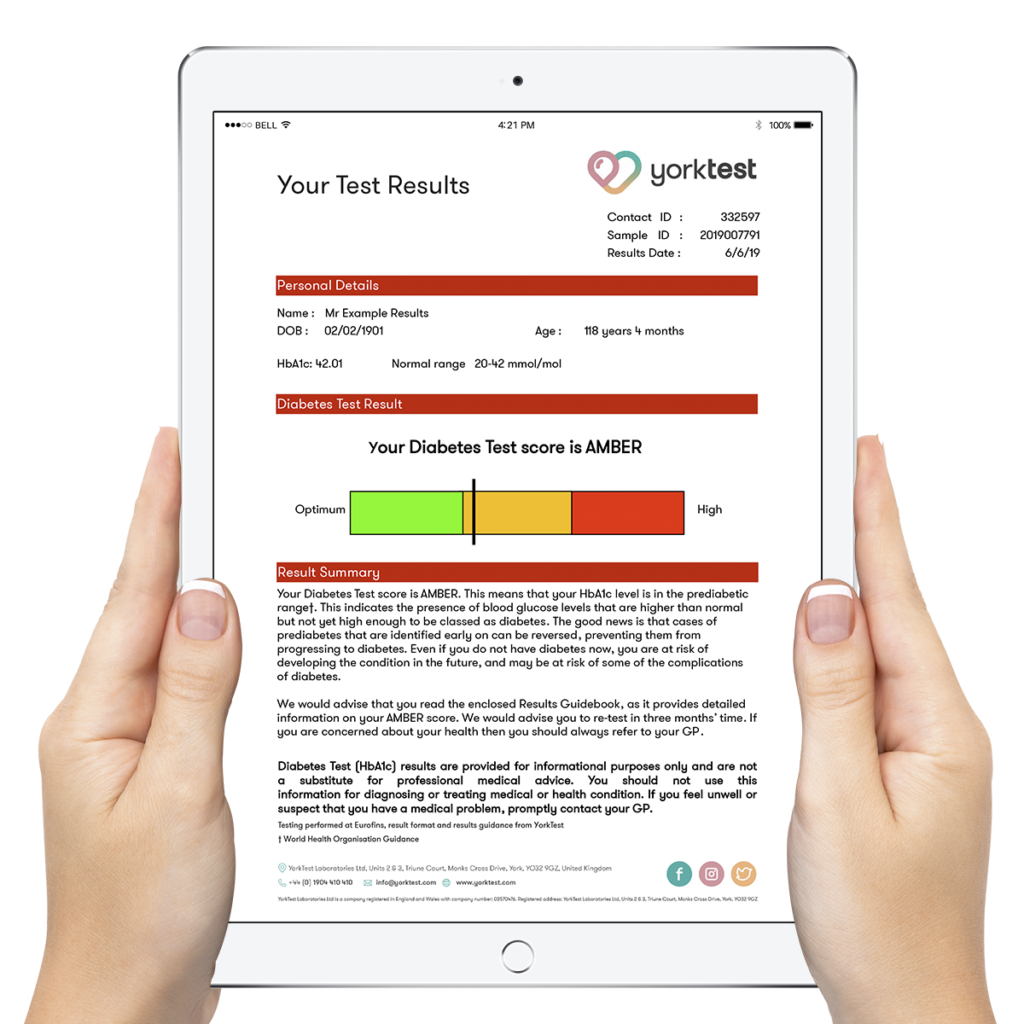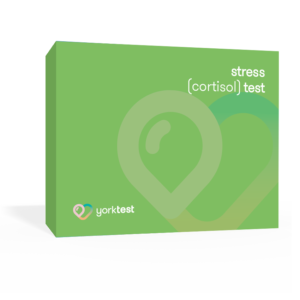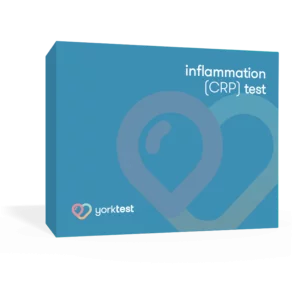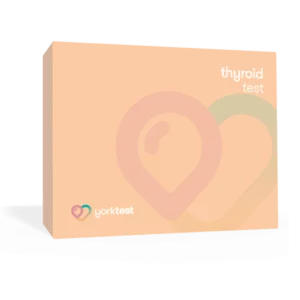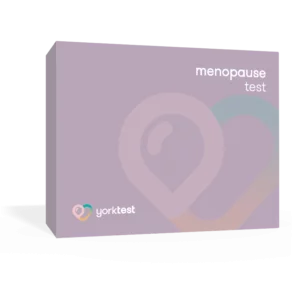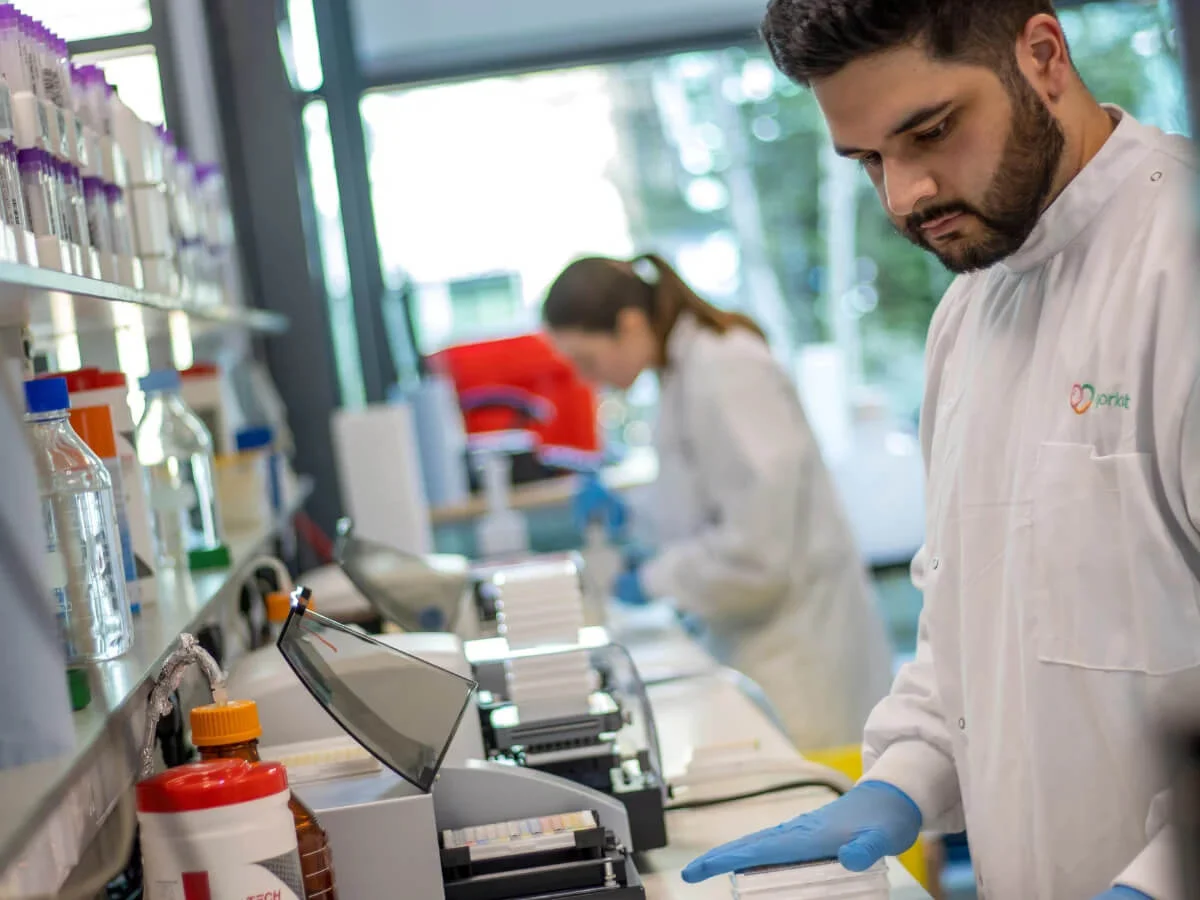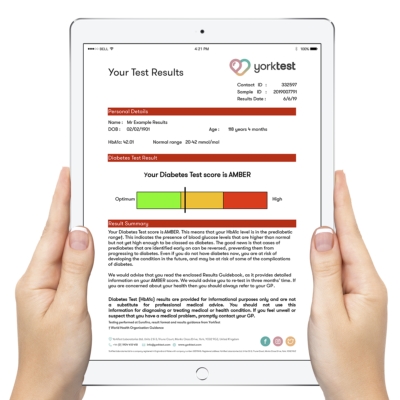In the UK, it is estimated that around 6.3 million people are living with prediabetes. This equates to around 12% of the adult population. While this figure may seem high, what is perhaps most surprising is the fact that many people don’t know they have it.
Having prediabetes, sometimes known as non-diabetic hyperglycemia, puts you at a considerably higher risk of developing diabetes, which can bring with it a certain amount of stress and anxiety. This is completely understandable, as diabetes can cause long-term damage to your heart, blood vessels, and kidneys. However, unlike certain medical conditions, you can still do something about it. As we will learn later, progression from prediabetes to type 2 diabetes is not always inevitable.Â
If you think you may have prediabetes, want to learn how to manage it, or simply have a general interest in the topic, this guide will provide everything you need to know – from key symptoms and warning signs to effective ways to take control of your health.
What Is Pre-Diabetes?
Pre-diabetes is a condition where you have higher-than-normal blood sugar in your system, but it’s usually not enough to be diagnosed as type 2 diabetes. It’s a pretty big early warning sign that your body is struggling to regulate blood sugar properly, increasing your risk of developing type 2 diabetes, heart disease, and stroke.
How Is It Tested?
One of the most common and effective testing methods for diagnosing pre-diabetes is the HbA1c test (or A1C for short). The test averages blood sugar levels over a two to three-month period, whereas blood glucose levels only show sugar levels in the blood at the singular point of the test being taken. As such, it can be argued that HbA1c is more effective when it comes to diagnosing prediabetes.
In terms of test results, a normal A1C is below 42 mmol/mol (6%), while prediabetes is 42–47 mmol/mol (6% to 6.4%) and 48 mmol/mol or higher (6.5% or more). In terms of blood sugar level, 100–125 milligrams per deciliter (mg/dL) is considered to be prediabetes. Anything less is not considered diabetes, and anything higher warrants a full diabetes diagnosis.
Early Signs of Pre-Diabetes
Early warning signs of pre-diabetes can be difficult to pinpoint, which is why so many people living with pre-diabetes don’t know they have it. While not universal, one possible sign of prediabetes is darkened or darker skin on certain parts of the body. The most common areas affected by this include the neck, armpits, and groin.
Other potential signs of pre-diabetes are frequent urination and increased thirst; this can signal that your body is trying to expel excess blood sugar. Blurred vision and tingling or numb feelings in the hands and feet, as well as slow-healing cuts and bruises due to impaired circulation, could all be considered signs.
Identifying the early signs of pre-diabetes can be challenging. However, if you keep an eye out for some of the most common signs and symptoms then diagnosing it earlier becomes more achievable.
Pre-Diabetes Symptoms
Symptoms of pre-diabetes are hard to identify as they can overlap with a lot of other conditions. This being said, some of the most frequently cited symptoms include:
- Tiredness and fatigue
- Increased hungerÂ
- Slow-healing cuts and wounds
- Irritability and mood changes
- Frequent infectionsÂ
- Unexplained weight loss
- Tingling, pain, or numbness in the hands or feet
- Increased thirst
- Frequent urination
- Blurred vision
Who Is Most At Risk of Pre-Diabetes?
As with most conditions, there is no concrete way of determining whether you will have pre-diabetes, but certain individuals are more at risk.
Risk factors for developing pre-diabetes
- Having a family with a history of type 2 diabetes
- Being overweight or obese
- Being 45 or older
- A waist circumference over 80cm for women and 94cm for men
- High blood pressure
- Having African, Hispanic, Asian, Pacific Islander, or Native American heritage
- Having polycystic ovary syndrome (PCOS)
- Giving birth to a baby who weighed over 9 pounds
- Having non-alcoholic fatty liver disease (NAFLD)
Some health conditions and lifestyles can also make you predisposed to high sugar levels, including:
- Being a smoker
- Having a poor diet
- Having high cholesterol
- Women who have polycystic ovaries
- And suffering from sleep apnea
Can You Reverse Pre-Diabetes?
The good news is that, unlike other conditions, pre-diabetes is reversible by implementing a few simple lifestyle changes. Some of the main areas to focus on include eating healthy, regular exercise, and losing weight in a healthy and timely manner.
Some of the ways you can reverse prediabetes include:
Diet
A pre-diabetes-friendly diet forms the foundation for your pre-diabetes combating strategy. Try to eat a variety of fruits, vegetables, whole grains, and healthy fats like avocado and fish. You should also try to limit processed foods and drink more water.
One of the best ways to achieve optimal blood sugar balance is by opting for a low glycemic (GI) diet, otherwise known as the Mediterranean diet.
Weight
Losing weight in a timely and healthy manner will also go a great way towards reversing prediabetes. As a general guide, losing 5-7% of your body weight can significantly reduce the risk of developing type 2 diabetes. As far as other weight goals and targets, it’s important to remember that a BMI of between 18.5 and 25 is recommended.
Exercise
Going hand in hand with weight loss and diet to make a healthy lifestyle, exercising more regularly will help to prevent and reverse pre-diabetes. Try to exercise for 30 minutes at least 3 times a week.
Other Lifestyle Changes
Other popular ways to reverse pre-diabetes are by stopping smoking, limiting your alcohol intake, and getting regular dental checkups. You should get regular dental check-ups anyway, not just because it is healthier for your gums and teeth, but because there is a strong link between gum disease and full-blown diabetes.
Pre-Diabetes and Alcohol
As you may already know, alcohol and diabetes have a strained relationship, to say the least. While alcohol on its own doesn’t cause diabetes, drinking alcohol (more specifically, drinking to excess) can increase your risk of developing it.
Generally speaking, individuals with prediabetes should try to limit their alcohol consumption. Whether that be drinking light beers as an alternative, drinking soft drinks instead, or simply limiting the number of days a week you drink, the most important thing is to be mindful and not exceed recommended limits. The recommended alcohol limit for men is no more than three units per day and no more than 21 units per week. For women, it’s no more than two units per day and no more than 14 units per week.
If you want to learn more about how to live a healthier lifestyle, then be sure to stay updated with our blog. We publish frequent blogs detailing ways to improve your health and live the best life possible. If you want to know if you may have pre-diabetes, then why not try our Annual Health Test, which includes the HbA1c health marker?
Additionally, if you are struggling with a variety of symptoms and are not sure if your diet is causing them, you can try one of our industry-leading food allergy or food intolerance tests from the comfort of your own home. Interested? Contact us today.

